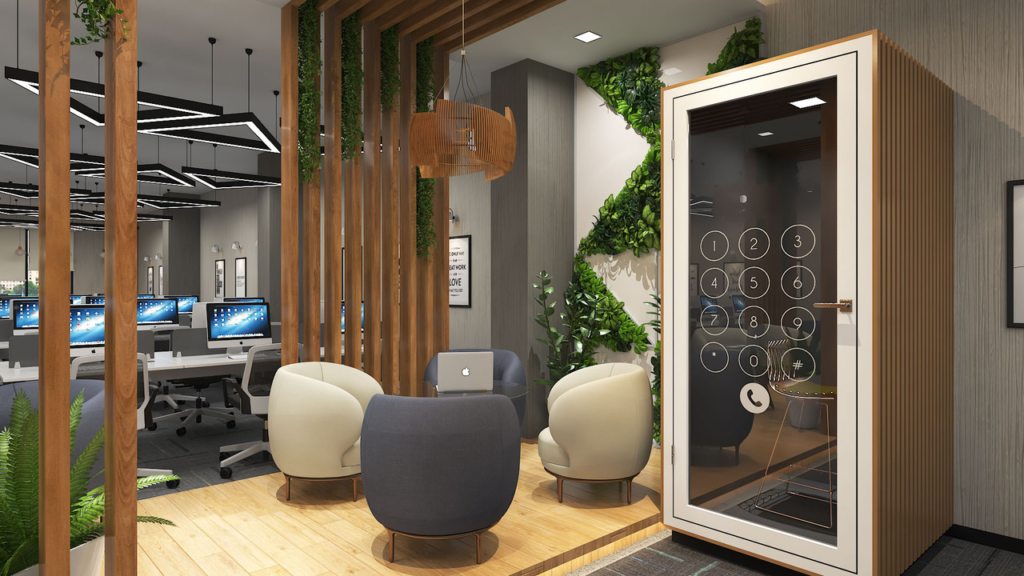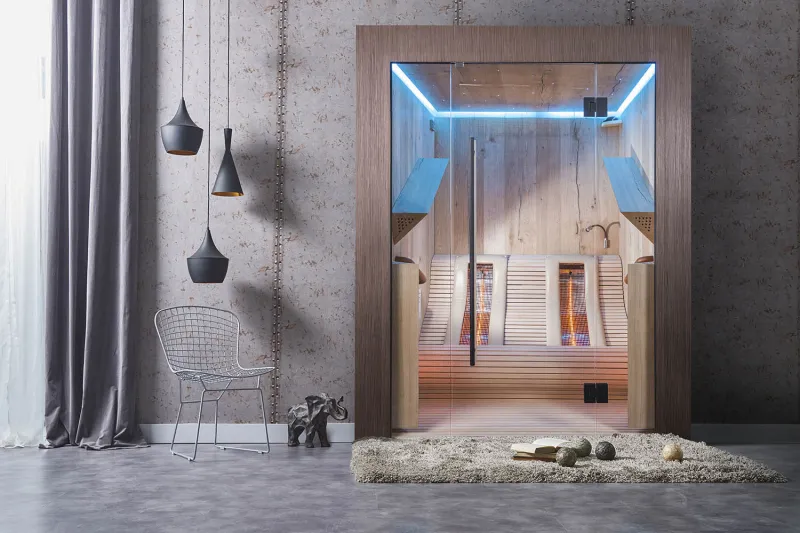
Introduction
A growing appreciation for both aesthetics and functionality in living spaces, along with rapid urbanization and rising disposable incomes, have propelled the interior design industry in India to significant growth in the last few years. The incorporation of technology is a prominent trend in this emerging field that is transforming conventional design methods and generating creative answers to contemporary interior design problems. The impact, important technologies, and potential applications of technology integration in India’s interior design sector are all highlighted in this article.
Impact of Technology on Interior Design
The infusion of technology into interior design has led to a paradigm shift in how designers approach their projects. The impact can be seen in several areas:
- Enhanced Visualization and Planning: Advanced software and tools such as AutoCAD, SketchUp, and Revit have made it easier for designers to create detailed and accurate visualizations of their concepts. This has improved client satisfaction by providing a clear picture of the final outcome before any physical work begins.
- Efficiency and Precision: Technology has streamlined the design process, reducing the time and effort required for planning and execution. Digital tools enable precise measurements and calculations, minimizing errors and ensuring high-quality results.
- Customization and Personalization: With the help of technology, designers can offer highly customized solutions tailored to individual client preferences. This level of personalization was challenging to achieve with traditional methods.
- Sustainability: Technology has also contributed to sustainable design practices. Software tools allow designers to analyze the environmental impact of their choices, such as energy consumption and material use, promoting eco-friendly solutions.
Key Technologies Driving the Transformation
Several cutting-edge technologies are at the forefront of this transformation in India’s interior design industry:
- 3D Modeling and Rendering: 3D modeling and rendering software have become indispensable tools for interior designers. These technologies enable the creation of realistic, three-dimensional representations of spaces, allowing clients to experience designs in a virtual environment. This immersive experience helps in making informed decisions and reduces the likelihood of costly changes during the implementation phase.
- Virtual Reality (VR) and Augmented Reality (AR): VR and AR are taking interior design visualization to the next level. VR allows clients to take virtual tours of their spaces, experiencing the design as if they were physically present. AR, on the other hand, overlays digital elements onto the real world, helping clients visualize changes in real-time. These technologies enhance client engagement and confidence in design choices.
- Smart Home Technology: The integration of smart home devices and systems is becoming increasingly popular in interior design. Smart lighting, climate control, security systems, and entertainment setups can be seamlessly incorporated into the design, offering convenience, energy efficiency, and enhanced functionality. Designers are now working closely with technology providers to create cohesive and intelligent living spaces.
- Building Information Modeling (BIM): BIM is a comprehensive approach that integrates all aspects of building design, construction, and management. In the context of interior design, BIM allows for the creation of detailed digital models that include information on materials, costs, and timelines. This holistic view helps in better planning, coordination, and execution of projects.
- Artificial Intelligence (AI) and Machine Learning (ML): AI and ML are being leveraged to analyze design trends, predict client preferences, and optimize space utilization. AI-powered tools can generate design options based on user inputs, providing designers with innovative ideas and solutions. ML algorithms can also analyze data from previous projects to improve accuracy and efficiency in future endeavors.
Case Studies and Examples
Several interior design firms in India have successfully integrated technology into their operations, setting benchmarks for the industry:
- Livspace: A leading name in the Indian interior design market, Livspace has embraced technology to offer a seamless design experience to its clients. The company uses 3D visualization tools to provide clients with realistic views of their designs. Additionally, Livspace’s platform connects clients with designers, contractors, and suppliers, ensuring a smooth and transparent process from concept to completion.
- HomeLane: HomeLane has incorporated VR technology into its design process, allowing clients to take virtual tours of their prospective spaces. This immersive experience helps clients visualize and finalize designs with confidence. HomeLane also uses AI to recommend design options based on client preferences and budget constraints.
- Design Cafe: Design Cafe leverages BIM to streamline its design and execution processes. The company’s digital models include detailed information on materials, costs, and timelines, facilitating efficient project management. Design Cafe’s use of technology has resulted in shorter project timelines and higher client satisfaction.
Challenges and Considerations
While the integration of technology offers numerous benefits, it also presents certain challenges and considerations:
- Cost: The initial investment in advanced technology can be significant, particularly for smaller firms. However, the long-term benefits in terms of efficiency and client satisfaction often justify the expenditure.
- Training and Adaptation: Designers need to be proficient in using these advanced tools, which requires training and adaptation. Continuous learning and upskilling are essential to keep pace with technological advancements.
- Data Security: With the increasing reliance on digital tools, ensuring data security and privacy becomes paramount. Firms must implement robust security measures to protect client information and design data.
- Client Adaptability: Not all clients may be comfortable with or trust technological solutions. Educating clients on the benefits and ease of use of these technologies is crucial for their successful implementation.
Future Prospects
The future of technology integration in India’s interior design industry looks promising. Several trends are likely to shape the landscape in the coming years:

- Increased Use of AI and ML: As AI and ML technologies continue to evolve, their applications in interior design will expand. Predictive analytics, automated design generation, and smart recommendations will become more sophisticated, offering even greater value to designers and clients.
- Expansion of Smart Home Solutions: The demand for smart home solutions is expected to grow, with more clients seeking integrated and intelligent living spaces. Designers will need to stay updated with the latest advancements in smart home technology to meet client expectations.
- Sustainability Focus: Technology will play a crucial role in promoting sustainable design practices. Tools for energy modeling, material analysis, and waste reduction will help designers create eco-friendly spaces that align with global sustainability goals.
- Collaboration and Connectivity: Cloud-based platforms and collaborative tools will facilitate better communication and coordination among design teams, clients, and contractors. Real-time collaboration will enhance project efficiency and reduce delays.
- Customization and Personalization: Advances in technology will enable even higher levels of customization and personalization. Designers will be able to create unique and tailored solutions that cater to individual client needs and preferences.
Conclusion
The integration of technology in India’s interior design industry is driving a transformation that is redefining traditional design practices. From enhanced visualization and planning to smart home solutions and AI-driven insights, technology is enabling designers to create innovative, efficient, and sustainable spaces. While challenges exist, the long-term benefits and future prospects make technology integration an indispensable part of the industry’s evolution. As designers and firms continue to embrace and adapt to these advancements, the Indian interior design sector is poised for a dynamic and exciting future.